Optical Fiber Cables represent a groundbreaking technology that revolutionized the field of data transmission by utilizing light signals to transmit data over long distances at incredible speeds. The fundamental principles underlying the operation of Optical Fiber Cables are rooted in the properties of light and the concept of total internal reflection. This article delves into the intricate workings of Optical Fiber Cables, explaining how they transmit data and the core principles that drive their operation.
Transmission of Data through Light:
Optical Fiber Cables transmit data using light signals, specifically pulses of light that represent binary data (1s and 0s). Unlike traditional copper cables that rely on electrical signals to carry information, Optical Fiber Cables exploit the properties of light to transmit data in the form of optical signals. This methodology offers several advantages, including faster data transmission, higher bandwidth, and immunity to electromagnetic interference.
Core Principles of Operation:
Total Internal Reflection: The core principle behind Optical Fiber Cable operation is total internal reflection. Total internal reflection occurs when light traveling within a medium encounters the boundary of a less dense medium at an angle greater than the critical angle. In the case of optical fibers, the core (where light travels) has a higher refractive index than the cladding (outer layer). When light strikes the core-cladding boundary at an angle greater than the critical angle, it is reflected back into the core instead of being refracted out of the fiber. This phenomenon ensures that light remains trapped within the core and follows a zigzag path down the length of the fiber.
Core and Cladding Structure: Optical Fiber Cables consist of two main components: the core and the cladding. The core is the central portion through which light travels, while the cladding surrounds the core, helping to contain and guide the light within the core. The cladding has a lower refractive index than the core, which facilitates total internal reflection.
Index of Refraction: The index of refraction is a crucial factor in Optical Fiber Cable operation. It determines how much light will be refracted when it encounters a boundary between media with different refractive indices. The higher refractive index of the core compared to the cladding ensures that light remains confined to the core and does not escape into the cladding.

Light Dispersion: Optical fibers are designed to minimize light dispersion, which is the spreading out of light pulses as they travel through the fiber. This is achieved through careful engineering of the core and cladding materials to ensure that different wavelengths of light travel at nearly the same speed.
Signal Modulation: To transmit data, the light signals are modulated by varying the intensity or phase of the light pulses. Binary data (0s and 1s) are represented by different light intensity levels. This modulation process allows the fiber to carry information in the form of light pulses.
Signal Amplification: Over long distances, the light signals can weaken due to attenuation (signal loss). To counter this, Optical Fiber Cables incorporate devices called repeaters or amplifiers. These devices amplify the light signals without converting them into electrical signals, preserving the advantages of optical transmission.
Single-Mode vs. Multi-Mode: Optical Fiber Cables come in two main types: single-mode and multi-mode fibers. Single-mode fibers have a smaller core diameter and are designed to carry a single light mode, resulting in less dispersion and allowing for longer transmission distances. Multi-mode fibers, with a larger core diameter, can carry multiple modes of light but are more prone to dispersion over longer distances.
Light Sources and Detectors: To generate and receive light signals, Optical Fiber Cables utilize light sources such as lasers or light-emitting diodes (LEDs) as well as light detectors like photodiodes. Lasers are often used as light sources due to their coherent and focused light output.
In summary, the operation of Optical Fiber Cables relies on the principles of total internal reflection, wherein light signals are trapped and guided within the core of the fiber due to the refractive index difference between the core and the cladding. This innovation in data transmission has enabled the creation of high-speed, high-capacity communication networks that underpin the modern digital world. Optical Fiber Cables are a testament to the ingenuity of harnessing the properties of light for efficient and rapid data transmission, making them a cornerstone of modern telecommunications and information technology.
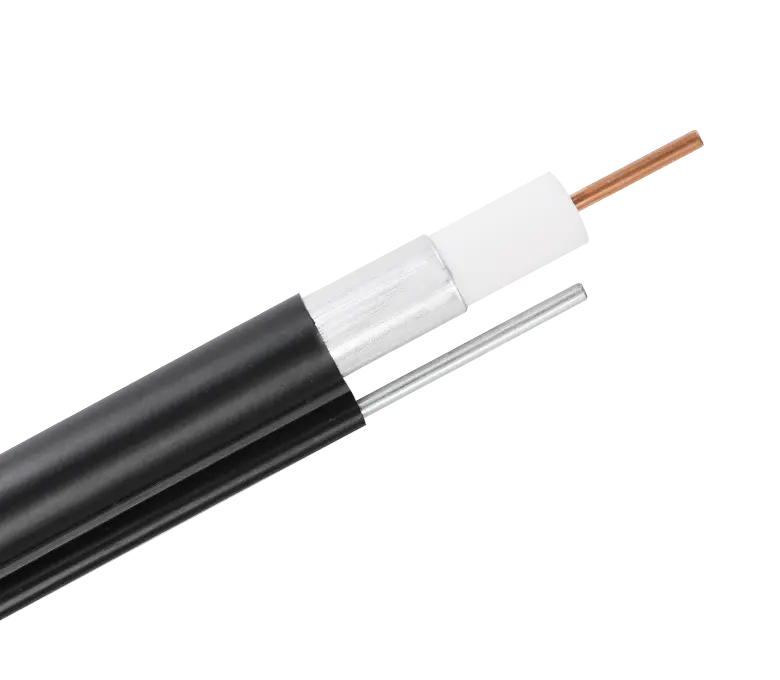
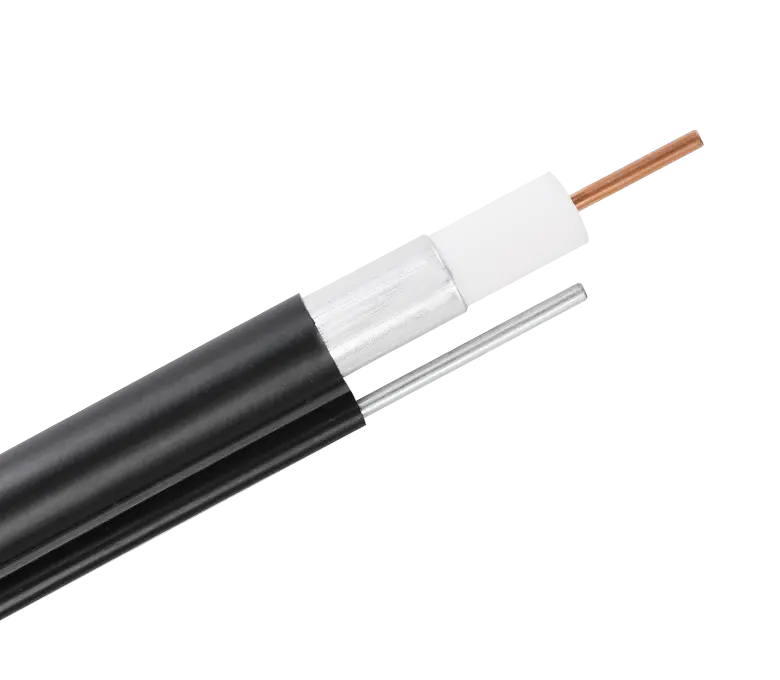
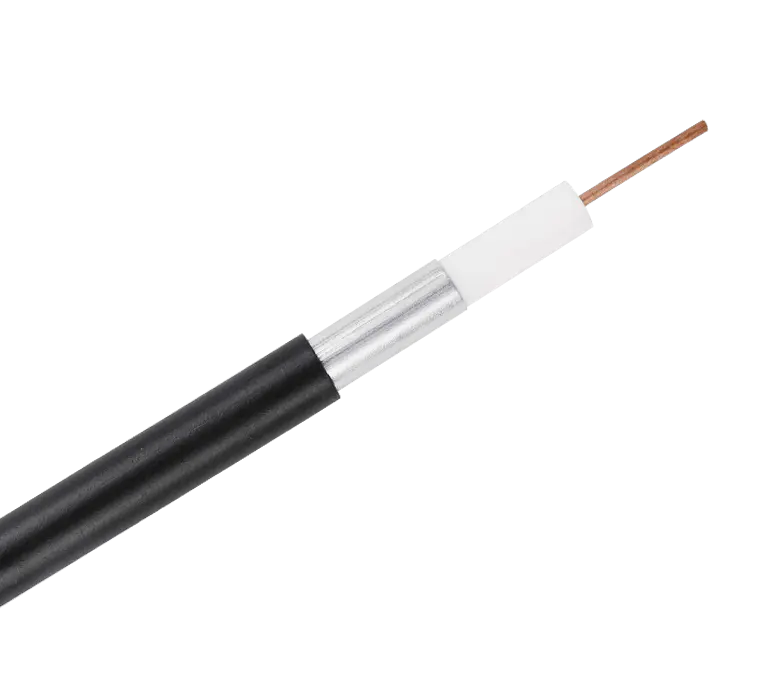
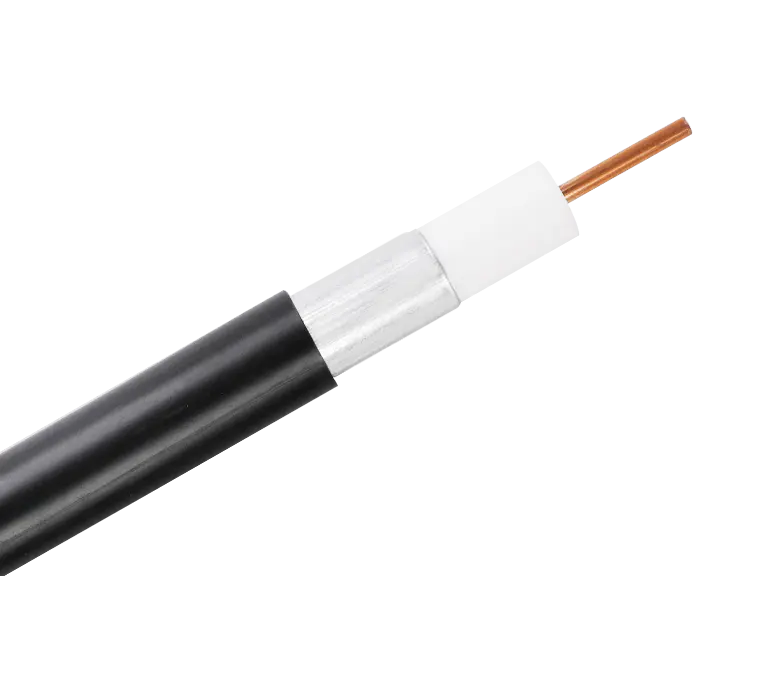
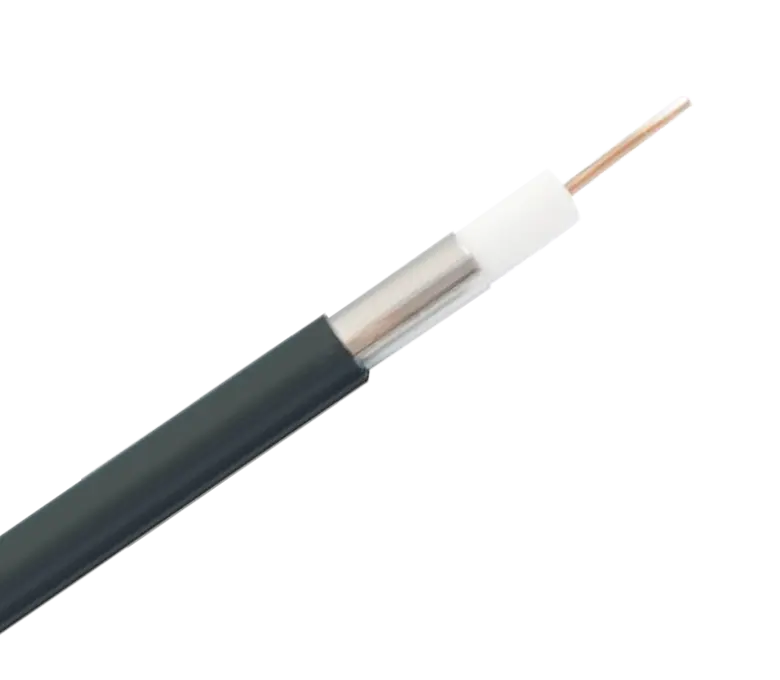
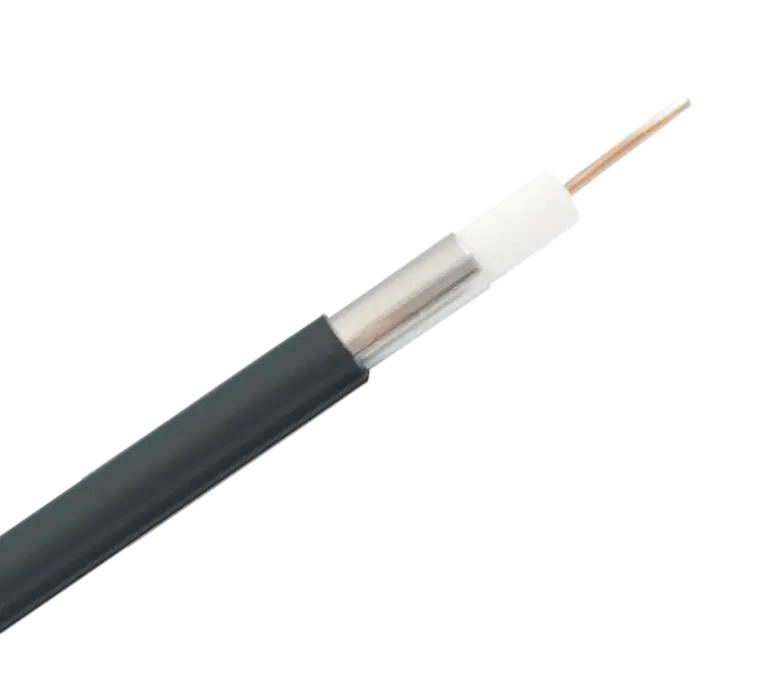
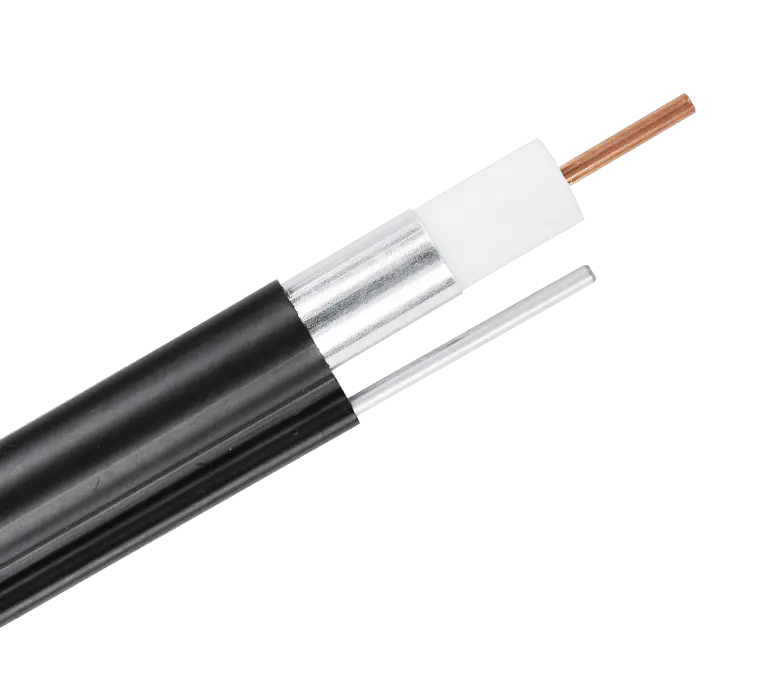
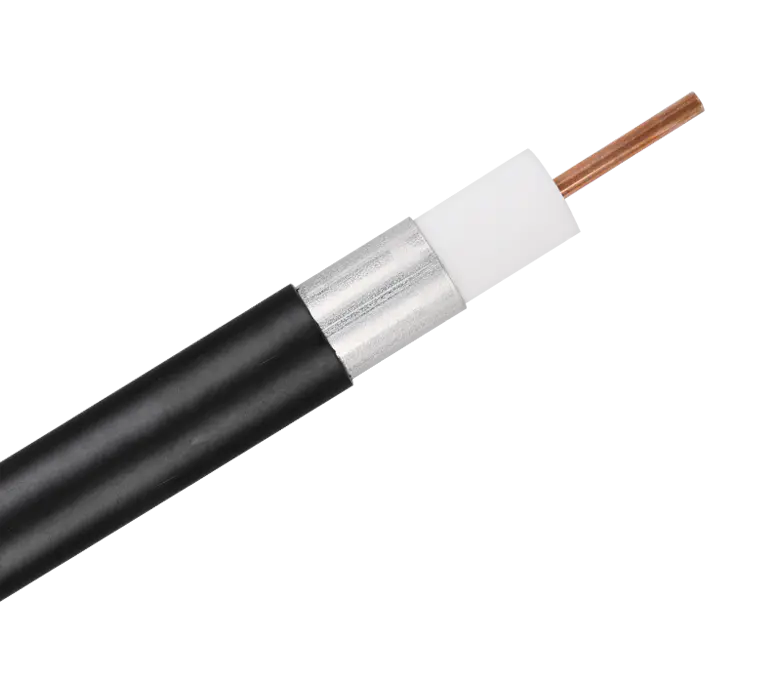
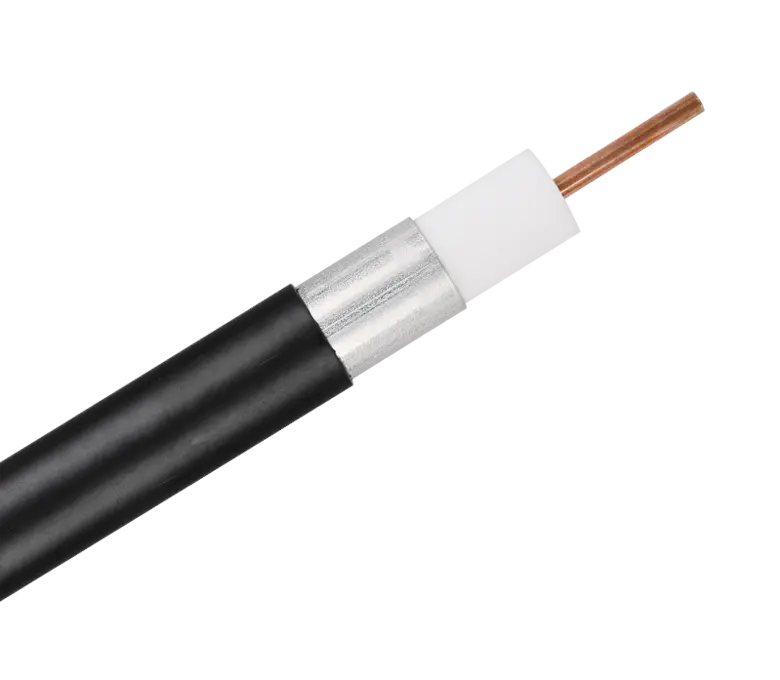
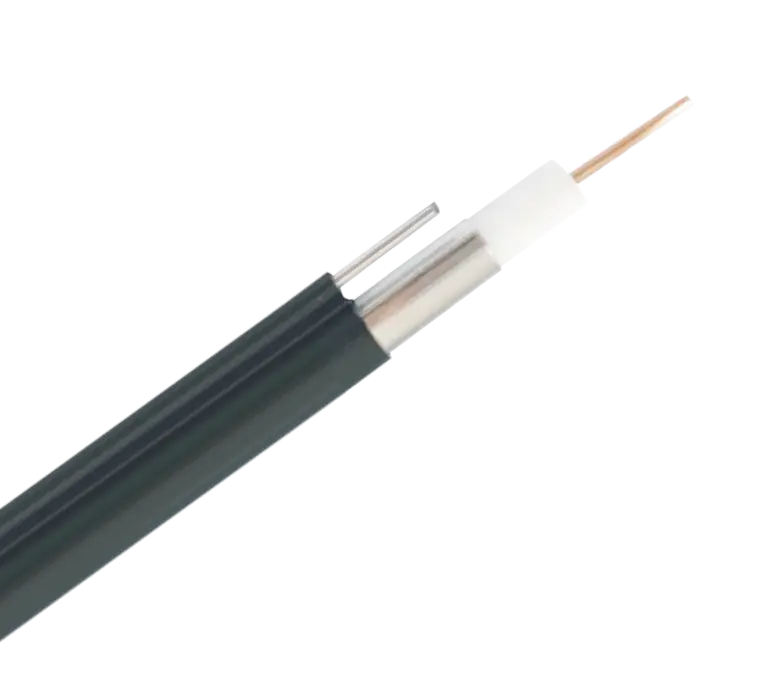
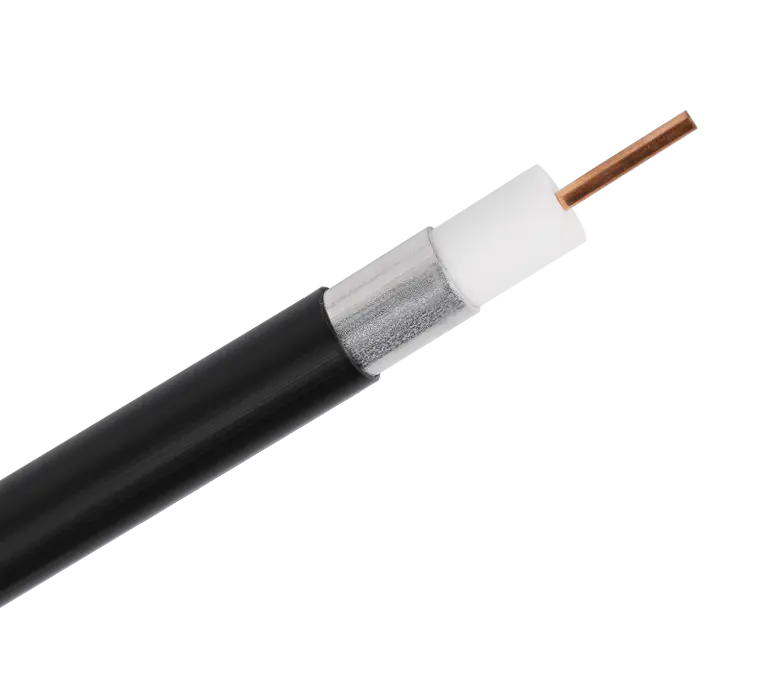
 浙公网安备33018502001191号
浙公网安备33018502001191号